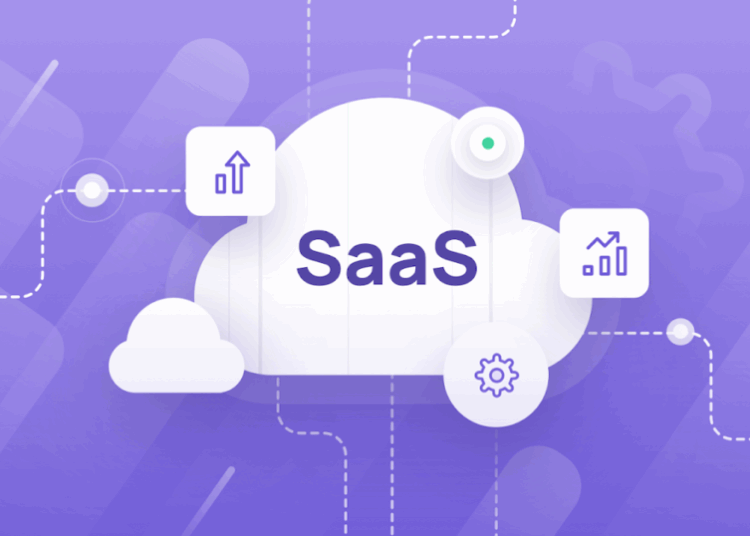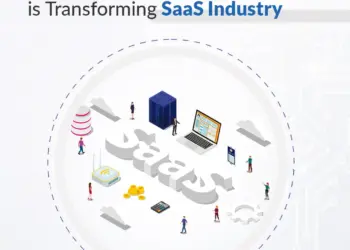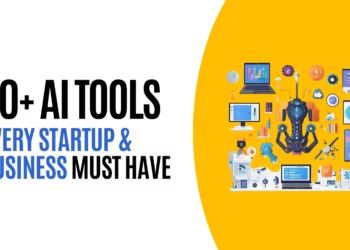image from : sevenseo.io
Introduction
The Software-as-a-Service (SaaS) model continues to dominate the startup scene in 2025 due to its recurring revenue potential, low overhead, and global scalability. But building a successful SaaS startup isn’t just about coding an app—it requires the right strategy from idea validation to product-market fit, and long-term growth.
Whether you’re a solo founder or building a team, this guide breaks down the essential steps to launching a scalable SaaS startup from scratch.
1. Validate the Problem Before Building the Product
Many failed SaaS startups built something nobody needed. Start with customer discovery: talk to potential users, conduct surveys, and identify a pain point worth solving.
Pro Tip: Use tools like Typeform, Google Forms, or LinkedIn polls to gather real insights.
SEO Keywords: SaaS idea validation, how to find product-market fit, startup customer discovery
2. Define Your SaaS Value Proposition
Clearly articulate what problem your software solves, who it’s for, and why it’s better than existing alternatives. This becomes the foundation of your landing page, pitch deck, and marketing.
Formula: “[Product] helps [target user] achieve [outcome] by [unique mechanism].”
SEO Keywords: SaaS value proposition, startup positioning, how to write USP
3. Start With an MVP (Minimum Viable Product)
Don’t aim for a perfect app—build the simplest version that delivers value. Use no-code tools (like Bubble or Glide) or hire freelance developers for speed.
Goal: Launch, test, iterate.
SEO Keywords: SaaS MVP development, no-code SaaS, build SaaS fast
4. Choose a Scalable Tech Stack
If you’re coding from scratch, pick a modern stack:
-
Frontend: React, Next.js
-
Backend: Node.js, Python (Django/FastAPI)
-
Database: PostgreSQL, Firebase
-
Cloud: AWS, Vercel, Heroku
Make sure your infrastructure can handle user growth, security, and updates easily.
SEO Keywords: best tech stack for SaaS, scalable backend tools, SaaS infrastructure
5. Monetize with a Smart Pricing Model
Subscription pricing is the norm, but you can mix freemium, pay-as-you-go, or tiered models based on user segments. Use Stripe, Paddle, or Chargebee to manage billing.
SEO Keywords: SaaS pricing models, recurring revenue startup, best payment tools for SaaS
6. Focus on Acquisition Channels Early
Don’t build in the dark—start growing your audience from day one. Common early channels:
-
SEO and content marketing
-
Product Hunt launches
-
LinkedIn outreach
-
Partnerships
-
Cold email
-
Communities (Reddit, IndieHackers)
SEO Keywords: how to market SaaS, SaaS acquisition strategies, early user growth
7. Optimize for Retention and Expansion
Acquiring users is hard—keeping them is harder. Build features your users actually use, improve onboarding, and use in-app messages or email flows to drive engagement.
Key Metrics: Churn rate, Net Promoter Score (NPS), Customer Lifetime Value (CLV)
SEO Keywords: SaaS customer retention, reduce churn rate, growth metrics for SaaS
8. Automate Operations
Use AI and automation to manage customer service (e.g., chatbots), onboarding, invoicing, and analytics. This reduces overhead and improves scalability.
Recommended Tools: Intercom, Zapier, HubSpot, Segment
SEO Keywords: SaaS automation tools, automate customer support, AI for startups
9. Track KPIs Religiously
Know your numbers:
-
Monthly Recurring Revenue (MRR)
-
Customer Acquisition Cost (CAC)
-
Lifetime Value (LTV)
-
Conversion Rate
-
Churn Rate
Use tools like ChartMogul or Baremetrics to keep your data in one place.
SEO Keywords: SaaS KPIs, measure startup performance, SaaS dashboard tools
10. Prepare for Scale and Investment
Once you reach product-market fit, start thinking about scaling:
-
Hire the right team
-
Improve infrastructure
-
Raise funding
-
Expand globally
Create solid documentation, clean up your codebase, and be ready to show traction to investors.
SEO Keywords: scaling SaaS, SaaS funding tips, global SaaS expansion
Conclusion
Building a SaaS startup from scratch in 2025 is both an art and a science. With the right mix of technical foundation, customer-centric thinking, and lean operations, you can turn a small idea into a scalable, revenue-generating business. The key is to start small, validate quickly, grow steadily, and never stop iterating.











